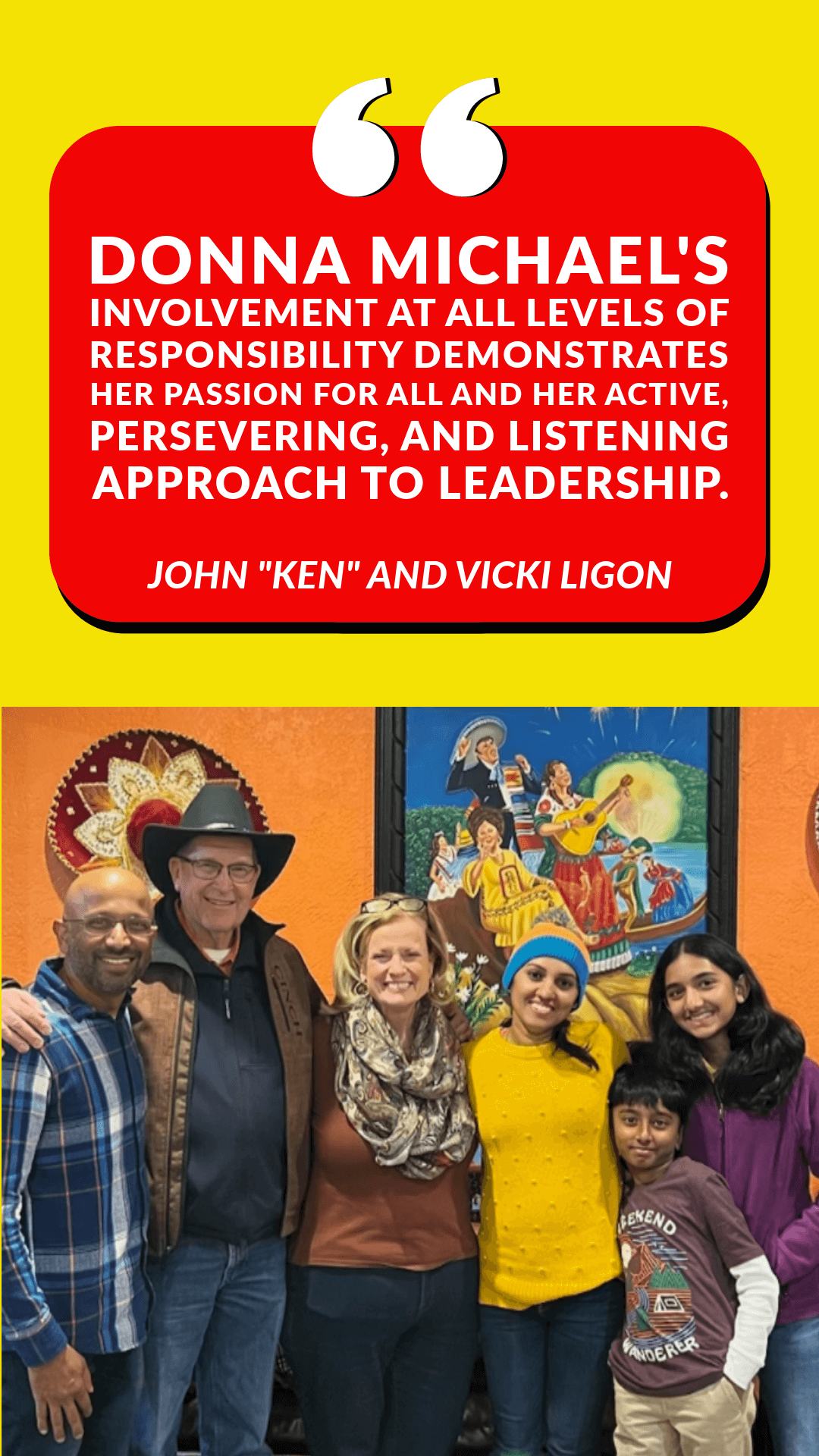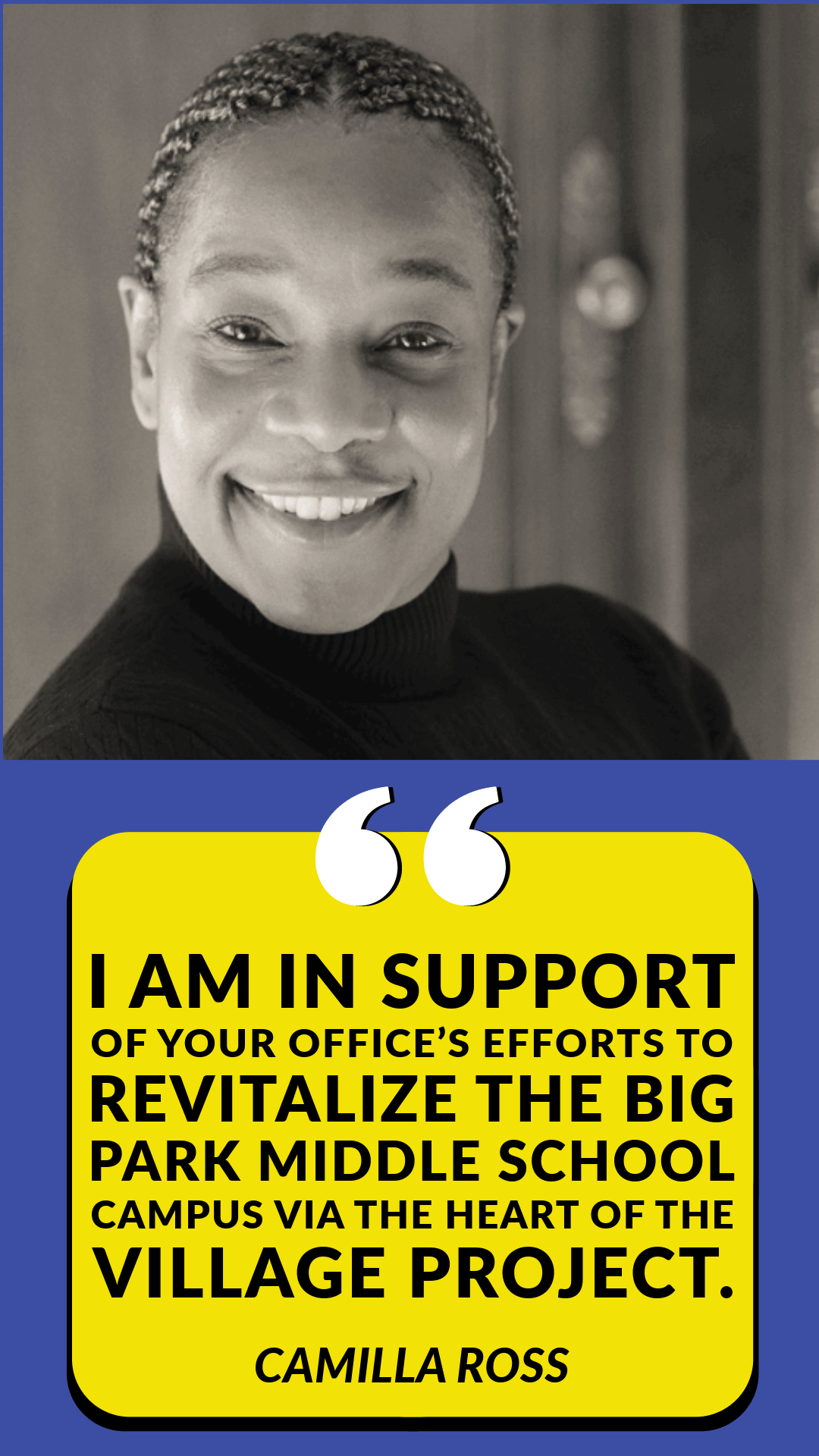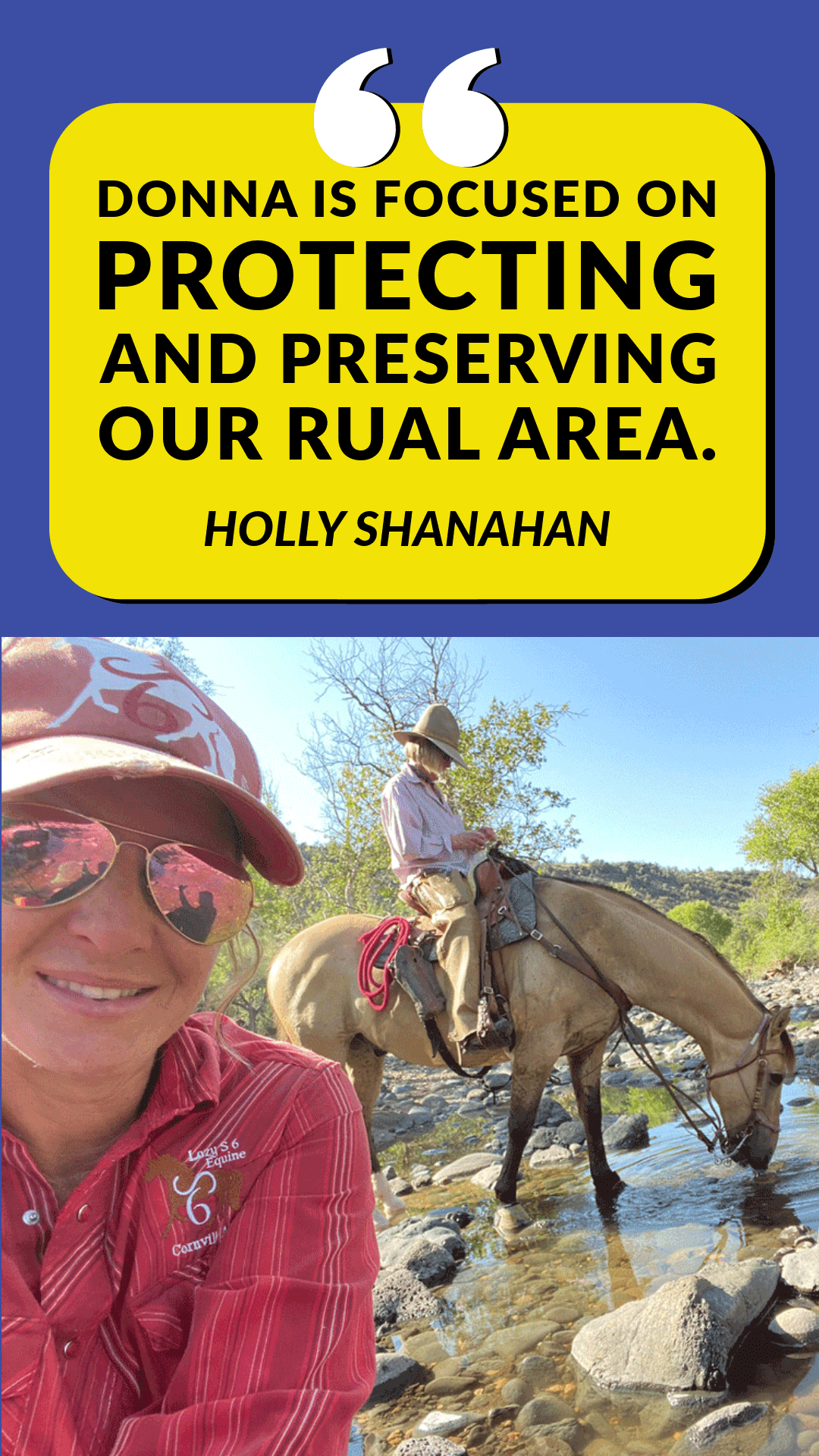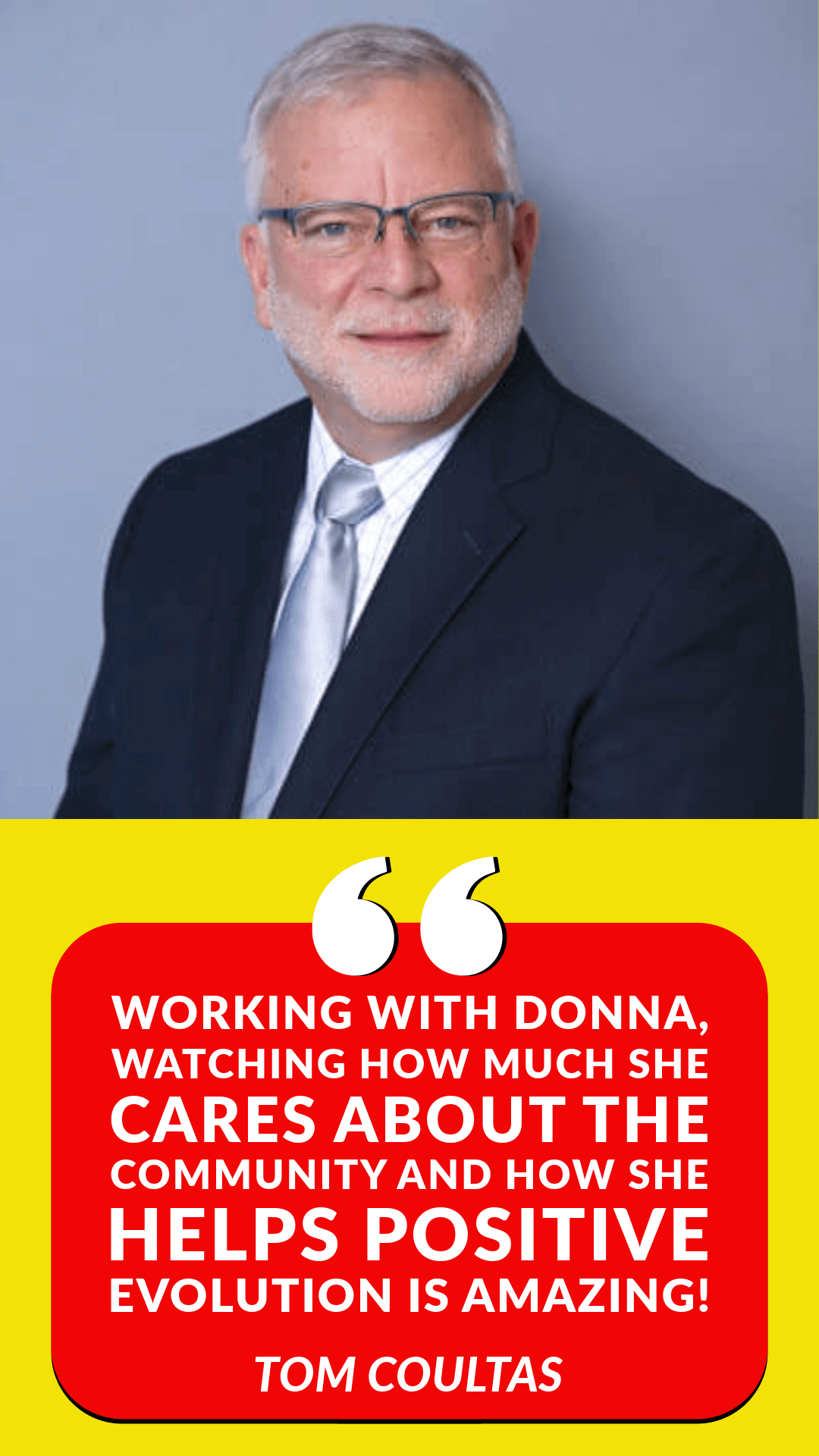Greetings Sedona voters
My name is Donna Michaels. I am currently a member and Vice Chair of the Yavapai County Board of Supervisors representing, District 3, and I am running for re-election in 2024.
My job as a Supervisor is centered on the unique challenges of managing growth and development in rural areas, like Sedona, Arizona. I work to balance economic growth with environmental preservation and affordable housing, while ensuring fair representation for all community members.
My responsibilities as Supervisor include safeguarding consumers and protecting vulnerable populations, including seniors, and the viticulture industry, by emphasizing the importance of addressing inclusivity, and fair representation in local politics.
The easiest way to describe the Board of Supervisors’ responsibilities is to note that most everything that touches your daily life experience probably is, in some way or another, the responsibility or the result of a decision that the Board of Supervisors has made for their district. Whether it’s the pothole that needs to be repaired or it’s the Yavapai County Comprehensive Plan that’s updated every 10 years.
It’s the business of the Board to ask and respond to questions, concerns and needs such as these:
- Is there adequate open space?
- Are your roads in good repair?
- What’s the traffic like?
- How can we make your community better?
As Supervisors, we are charged with making sure that your quality of life index is as high as it possibly can be, while we manage all the challenges facing communities, from growth to density to diminishing resources, to development opportunities.
I’m running for re-election because there’s more work to do. My community wants me to continue the relationships at every level of government and community organizations; to maximize the potential that we are experiencing, and to expand on the successes that we enjoy today. This requires continuity of leadership and follow-through of ongoing projects with a focus on the future quality of life for residents of District 3 and the Verde Valley. This is why I am running and, if re-elected, this is what I will do.
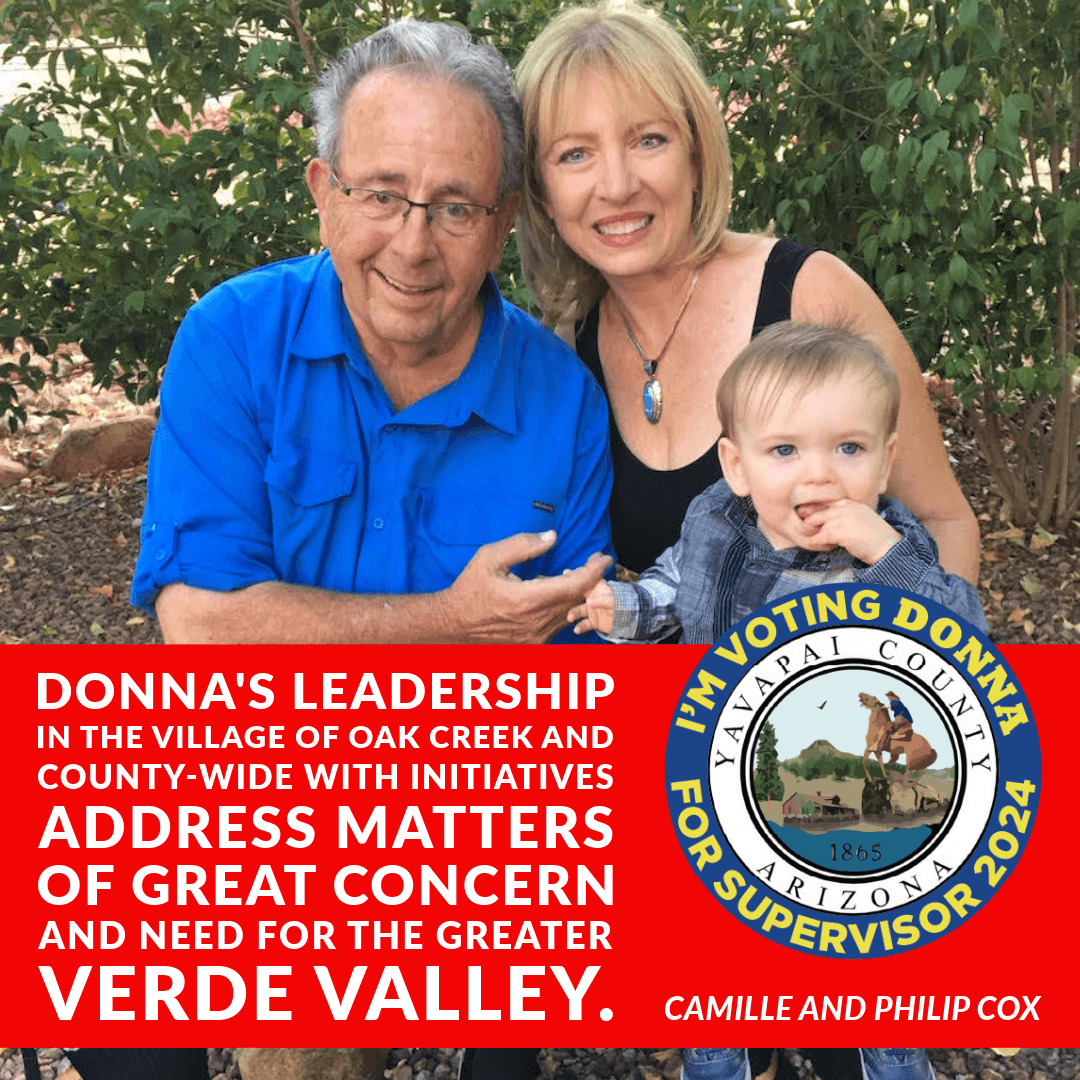
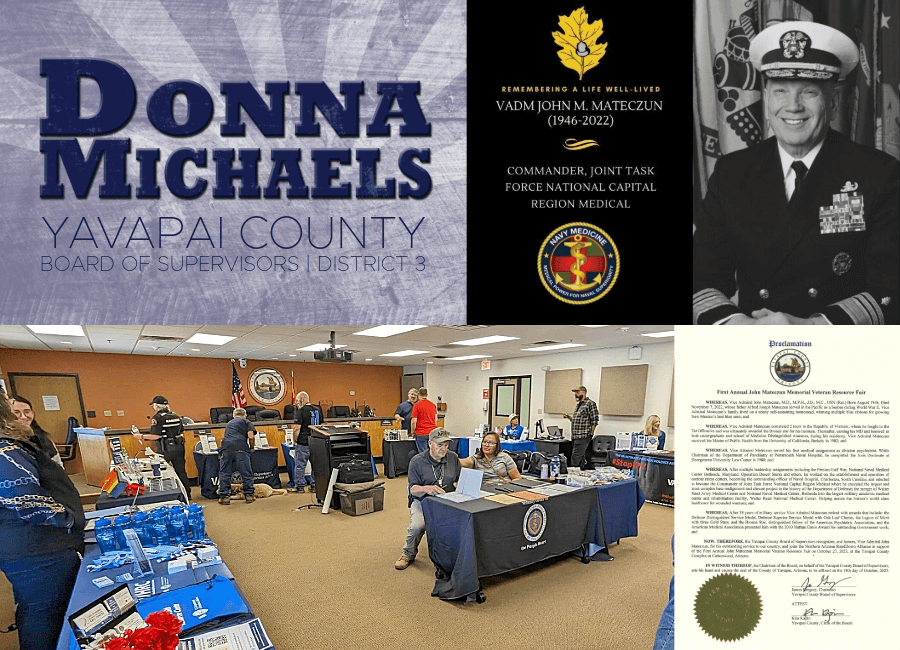
Honoring Vice Admiral John Mateczun: The First Annual Veteran Resource Fair in Verde Valley
Learn about Vice Admiral John Mateczun’s legacy and how Supervisor Donna Michaels honors him through the First Annual Veteran Resource Fair in Verde Valley. Discover the comprehensive services provided to American veterans and the importance of supporting them.
Sedona
District 3 includes Sedona along with Bridgeport, Clarkdale, Cottonwood, Jerome, Perkinsville, Verde Village, Verde Santa Fe and the Village of Oak Creek.
Though I am proud to represent all of these communities, there is a special place in my heart for Sedona.
The first time I visited Sedona in the 90s, it was “love at first sight” for many reasons. I was not only blown away by the area’s stunning natural beauty and magical qualities but also by its potential to become a world-class location where people could come to contemplate, study, develop and nurture a knowledge base in diverse disciplines ranging from education, to healthcare, to the environment, to the arts, to learning and spiritual fulfillment.
Sedona, with such striking beauty and potential could be, on one hand, preserved and protected, while on the other hand, utilized in a way that inspires and develops diverse disciplines that serve the community and simultaneously protects the environment.
Everyone is longing for a place where they can enjoy their own creative, innovative, intellectual, or disciplined focus. And I don’t think there’s any better place on planet Earth to explore all the possibilities Sedona embodies and creates.
The Cultural Park: A Path Forward
Sedona remains divided on whether the Cultural Park should or could be used as a place for homeless Sedona workers. A number of these workers are presently living in their cars. The question is whether or not they should be able to safely park and reside overnight in a protected environment, e.g., the Cultural Park, or whether the Park land should be used in ways that could benefit the larger community for things such as national and world-class musical presentations and/or affordable housing.
I believe that there are well-intended community leaders and other members of the community who want what’s best for currently unhoused and others, many of whom could become part of our local workforce. However, I think there is another option to consider – a location just down the road across from the water treatment plant at The Dells. The Dells, is the real opportunity for affordable housing, for workforce development and also provides an excellent opportunity for repairing the soil making it suitable for growing food.

Through my initiative, we are now a part of a region-wide soil regenerative practices demonstration working to repair the health of the land. This initiative includes the County, the University of Arizona, professional scientists well-versed in these practices, farmers, ranchers and developers.
We need to connect our challenges in communities, particularly rural, with our opportunities and values. And by that, I mean we want people to be housed, but we’re not doing enough to provide the integration of housing into our communities.
Of course a project such as I’m describing will take considerable partnership and collaborative efforts. I’m pleased to say that I have those stakeholders and partners and have done the work for the City. Now it’s time for the city to consider working with the county and stakeholders to create a path forward together on this idea. Our regenerative practices will happen either way but think how powerful it would be to have the gateway of the iconic red rock country to be a living, working, growing food, workforce development, housing and potentially climate mitigating demonstration!
Simply put, by using The Dells, we can provide proper affordable housing, create farmland and regenerate the soil.
Imagine, if you will, that the gateway of our iconic red rock country could be a living, breathing demonstration of housing the otherwise unhoused, healing the earth and teaching people employable skills while, at the same time, encouraging them to enjoy food that they grow themselves.
Many of these people in need could also be working in partnership with other entities, such as the Yavapai-Apache Nation who could share their indigenous knowledge and regenerative farming practices.
Seven generations from now, I see so much opportunity to meet the needs of citizens. Without looking at and considering viable options, we might make the wrong decision about how we effectively deal with the homeless population. We need to make the right choice – a choice that considers opportunities beyond just parking people overnight and all of the attendant risks that go along with that. We need to make a decision that provides safety for now and self-reliance for the future.
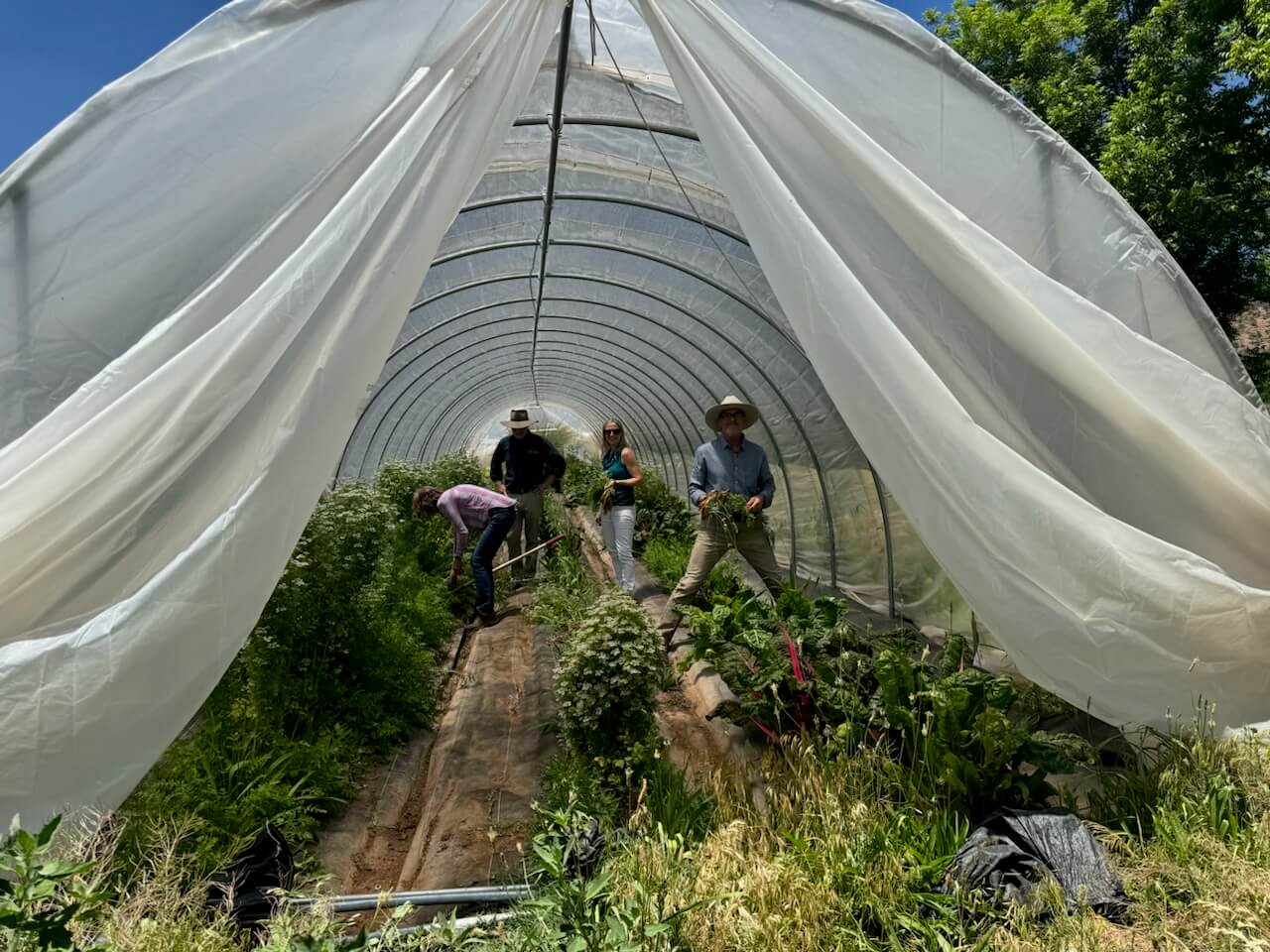
Off-Highway-Vehicles (OHVs) and Public Safety
This issue is one that involves area that lie in the County jurisdiction as well as in multiple towns and municipalities. I have already taken effective action with the State legislature this past session that resulted in a unanimous vote to fund House Bill 1176. This Bill will fund law enforcement necessary to manage the challenges we are facing with OHV violators.
The purpose of this Bill is to protect health and safety, but also to protect our land.
Our Sedona landscape is iconic. Thousands of people come here to recreate. We want everyone to be able to enjoy our natural landscapes, our parks, and our open spaces. We are fortunate to be gifted with a wonderful opportunity to engage with nature, but that comes with a necessary commitment to be good stewards of the land and what it offers.
The explosive and highly successful tourism industry that exists here has an important role to play. But, that industry also has a critical and ongoing responsibility. I’ve been successful in my attempts at the State level, after three years of work, to increase funding administered through the State Parks and Trails Department. This funding will provide mitigation dollars and appropriate compensation for property owners, ranchers, or others who have invested in the land that has been decimated and/or destroyed by OHV abuse.
But that is just the first success. I have worked to ensure that there is mandatory education for the OHV rental companies and the people who rent them. Before doing so, they are required to sign a document verifying that they have watched the film to become educated about OHV use, best safety practices, what’s legal and what’s not.
We’ve been very successful in this effort, and I am very proud of that. I have worked with legislators across the aisle to realize what ended up actually being an administrative process that can go immediately into place and is in play right now to make sure we are beginning to address the challenges this new recreation opportunity provides.
Sedona Traffic
The Sedona traffic is a reality that has come as a result of attracting as many visitors as possible to our beautiful Verde Valley communities, including Sedona.
Of course, can we expect anything but congestion? I think the city is addressing this problem. It’s certainly not in Sedona Traffic my purview as a County Supervisor. The decisions about traffic congestion in Sedona are best made by the City Council and city staff.
If there is any way I can assist in my role as County Supervisor, I am at-the-ready. One of the ways is to pay close attention to how a municipality handles an emergency and its emergency evacuation planning, especially as we approach the fire season.
It’s really important to know and remember that the County Sheriff is charged with the responsibility of coordinating with Sedona regarding emergency evacuation planning and implementation.
The City of Sedona has the responsibility of letting folks know what that plan is — just like our County does. Certainly, we work in concert with all of our communities to make sure we have the safest and quickest evacuations when needed, whether it’s due a wildfire or other emergencies.
It’s almost certain the traffic-related challenges will continue to increase. Sedona definitely has a full plate of work meeting these challenges while, at the same time it continues to be a good steward of the land and maintains Sedona’s integrity and character.
Tourism
The lens through which I look is one that reveals what could be — not what has been and has caused tourism-related problems, but what lessons have been learned.
I consider Sedona to be the Eighth Wonder of the World. This makes me wonder — why we aren’t better capitalizing on ecotourism or teaching farm-to-table regenerative agricultural practices as a magnet for those interested in how to repair the soil and help our bodies be healthier?
If we do that, we could help to mitigate severe weather impacts. The award-winning documentary “Common Ground” was an epiphany for me — a turning point in recognizing what we can do to manage climate change in a way that can directly benefit the health of our community. I’m very excited about such a possibility.
When I think about managing our growing and vibrant tourism industry, I also think about the types of folks we really want to attract and for what reasons.
I think about all of the resources that we offer ranging from ancient and historic sites to our cultural diversity, especially as represented by our indigenous people. For example, we could have living museums here that include archaeological exploration, farm-to-table experiences and training, and other year-round experiences that only we can offer.
Accomplishments
Of my many accomplishments during my four years as County Supervisor, I think the successful OHV legislation I advanced is huge! I know on a local level that OHV ordinances are now being reviewed and considered.
Much of what I have been able to accomplish has resulted from my continuing work with legislators and others at the state level.
We’ve been wildly successful. It took nearly to the end of this legislative session, and almost four years of a lot of hard work by every stakeholder imaginable, but we did it.
We’ve increased funding for law enforcement and property damage mitigation.
We have the OHV industry at the table, talking with us about how best to utilize this new form of recreation, while at the same time being responsible stewards of the land. I’m very proud of that.
Water legislation is a huge topic for me. It directly impacts our citizens not only in Sedona, of course, but across our entire region. We’re working very hard as a four-county coalition, in which I have been a leader, to address how best to protect our rural water supplies. I’m very proud that we’re working across the legislative aisle to make sure that we keep the lines of communication open to guarantee that going forward, whatever water legislation we pass, probably in the next legislative session, will definitely protect our rural communities.
We are moving forward to develop a legal framework that will allow each county to make its own decisions about local control and how best to use that framework to serve their best interests. I’m very proud of that.
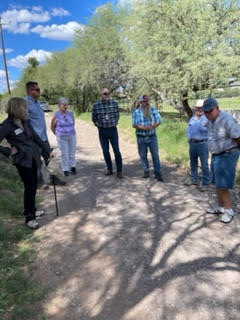
My most recent work that many folks might not know about has to do with the labeling of meat. This legislation is just about finalized. I expect it to come out of the caucus and to be passed, if not this session, then the first of the next legislative session. House Bill 2244 will finally bring needed consumer information to those who buy packaged meat.
Consumers are going to be able to know the ingredients in that package of meat. Right now that’s not happening. It’s going to be a good consumer protection measure. I’m very proud about having worked on this legislation so that in the future we will all know what the heck we’re eating.
Currently, I’m working to get legislation underway so that our site fee manufactured home communities have guardrails that establish a reasonable yearly site fee. This is a huge issue for many retired, certainly older, sometimes disabled, and people who have worked all their lives, paid their taxes, and whose houses are paid for.
As things now stand, many of them can’t afford to stay in their current locations because the concrete that their manufactured home is resting on is no longer affordable due to exorbitant site fees. I think it would be a tragedy for our community, county and state if we do not address this issue.
We want to attract people who have been hardworking all of their lives and not punish them for coming to our state. I’m working across the state with lawmakers already to create that narrative so we can introduce a bill in the next legislative session.
We love our environment, we love our small-town character and our rural communities, and yet, somehow, we haven’t figured out how to make sure that our grandparents are not the next new population of homeless.
There are some 400,000 people living in manufactured home communities across the state. Many of those live in the Verde Valley and District 3. If we don’t make sure there is a balance between being a business-friendly state—which I so support and I think most of us do—and ensuring that those who have paid their dues are not left to fend for themselves because of what I think is a simple administrative or legislative shortcoming, then shame on us.
Let’s put our policies where our values are. We care about those who have worked hard all their lives. Let’s make sure that their golden years are truly golden years.
My Promise to the Community
I love my work. As I look back on these past almost four years and think about everything I’ve done professionally and as a community volunteer, from a teenager on up, and all of the professional roles I’ve had, whether on statewide governing boards or on an international development board as I did in Cali, Colombia, I believe these experiences have prepared me to serve as a member of the Yavapai County Board of Supervisors.
I love providing constituent services. At the end of the day, that’s really what a Supervisor’s job is—it’s constituent services.
We need to listen. We need to engage. We need to make sure that rules are followed. If we do those things and we do them well, people will feel better about where they live, and we will be a better and stronger community when we face the difficult times that are inevitable.
It’s been a privilege and an honor for me to serve, and I hope to have the opportunity to continue that service.
I will continue the work that we’ve already begun such as regenerative practices projects to collaborating across party lines to ensure that each of our communities, not just in my district, but across the County, is advocated for, protected, preserved, and promoted in ways that we can all be proud of.
Our viticulture industry in the Verde Valley has achieved an extraordinary record of success in our region.
As a result of my advocacy, along with that of others, we have received the American Viticulture Area accreditation. This accreditation allows us to claim, and rightly so, that we are the heart of Arizona wine country.
You can now see this accreditation advertised on highway signs. You will soon see it on license plates. We now have a strong economic backbone that we didn’t have just a few years ago.
Overall, I’m very proud to be continuing my work to protect and advance this key Verde Valley industry.
Finally, affordable housing is an ongoing and very concerning issue. There is an obvious strong connection between housing and ensuring that people are able to work at jobs that pay enough for them to afford housing and become contributing members of society and our community. I promise I will continue work very hard to ensure needed housing becomes available as long as I’m in office.

